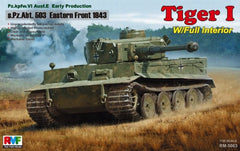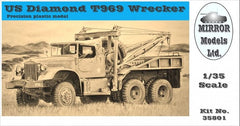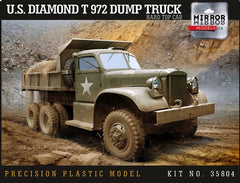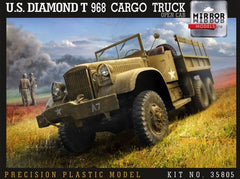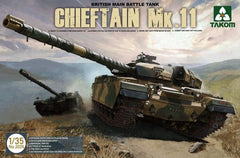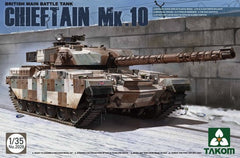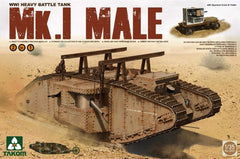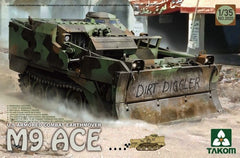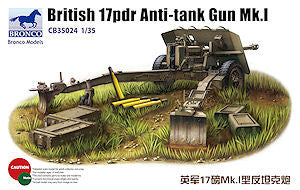
The 17 Pounder Anti-Tank Gun was first proposed in early 1941 after the battle for France had shown that the armour thickness of tanks was increasing rapidly. Plans were accepted in July 1942 for the gun and its large 2-wheel carriage.
Royal Ordnance factories received an order for 100 prototype guns and a small production line was set up. But with the appearance of the German Tiger tank in the Fall of 1942, -efforts were speeded up. As the gun was ready before the carriage, the first weapons were mounted on the 25 Pounder carriages. These entered service in North Africa in February 1943.
Later that year the guns were being produced on their own split-trail carriage. The 17 Pounder was built in seven marks (Mk.l to Mk.VII) each with minor changes to the gun breech or mounting. The 17 Pounder Anti-Tank Gun was the most powerful weapon of its class to see action in WWII. It was of 76.2mm (3 inch) caliber and could fire an APCBC shot at a muzzle velocity of 2,900 feet per second, this could penetrate 140mm of armour angled at 30 degrees and at a distance of 1,000 meters.
This was more than enough to deal with Tiger and Panther tanks at battle ranges. In the Summer of 1944 the APDS round was introduced, this had a velocity of 3,950 feet per second and could penetrate 195mm of armour at 1,000 meters. A HE shell was also developed for the 17 Pdr, the initial rounds were not successful, but later rounds with reduced propellant charge were highly effective. Great efforts were made to get the 17 Pounder mounted in armoured vehicles, the most notable being the Sherman Firefly of which 2,200 were produced. Other tanks to mount the weapon were the A30 Challenger, A41 Centurion, and the A34 Comet had a 17 Pdr derivative. Self-Propelled Tank Destroyers included the M10 Achilles, Valentine Archer and A30 Avenger.

